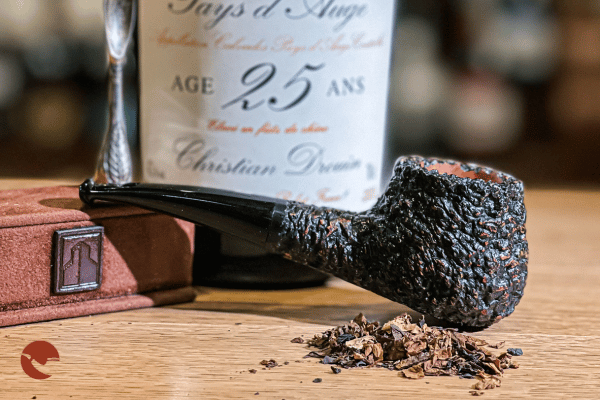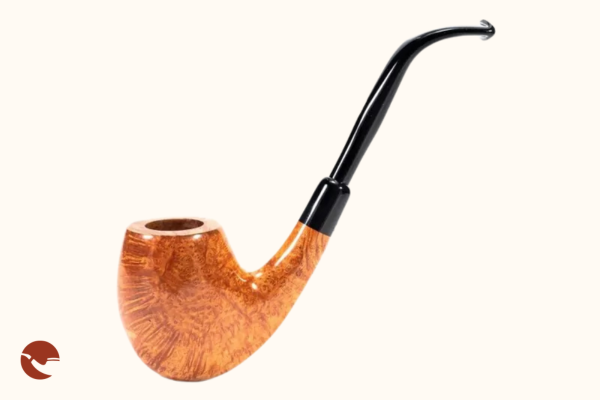LOOKING FOR CASTELLO PIPES? CLICK HERE TO BROWSE OUR SELECTION
The Shapes of the Castello Pipes
Italian pipe craftsmanship is among the most appreciated in the world, because it has always stood out in world production, both in aesthetic and functional terms.
Italian brands have created a true school in the creation of tobacco pipes, basing their success on the reinterpretation of classic shapes, giving rise to a completely new modeling attributable exclusively to their brands.
Castello is certainly one of them, being one of the most desired and appreciated abroad.
Carlo Scotti, founder of the company, has always used numbers to classify his iconic models.
In this article we will delve into some of the most representative shapes of his production.
Model 55

Castello's 55 was designed by Carlo Scotti in the late 1940s and early 1950s. Today it is the most sought-after and popular Pot model in the world and is characterized by its low, rounded, full-bodied shape.
The first models of the 55 featured a cylindrical shape, but over time they took on a half-bent profile with a pronounced chin, with the stove set back a little to ensure the best balance in the mouth and excellent handling.
The 55 was born for the American market, which sought mostly large tobacco pipes. The first 55, probably the finest, is still kept in the Castello company.
The second, on the other hand, was owned by President of the Italian Republic Sandro Pertini and the third by Enzo Bearzot, coach of the 1982 World Cup-winning Italian national soccer team.
Model 10

Model No. 10, also known as the "Brucianaso", while medium to large in size, is rather restrained in length. This makes this tobacco pipe versatile and easy to carry.
We could consider the Brucianaso to be precursors of the newer Reverse pipes, the difference being that the latter have a combustion chamber in the shank.
When smoking No. 10s, care must be taken while smoking because the large stove, combined with the small shank, can cause the smoke from the tobacco pipe to overheat.
Model 33

Model No. 33, also known as the "Canadian Pot with Short Shank," originated in the 1970s as a variation of the classic Canadian.
It was made by Franco Coppo with the aim of toughening up the oval shank, which was far too slender and long. To this end, it was shortened so that it balanced perfectly in the mouth.
The 33 is a very practical and sturdy tobacco pipe at the same time. The stove, in fact, has rather thick walls, but over the years it has also been produced in different sizes.
Model 93

The Model No. 93 is also known as the "Cacciatora" or "Pescatora," because its special shape means that it remains stable even when just resting on the teeth, leaving the hands free to move.
This shape originated in the 1950s as an "armchair tobacco pipe", but over the years it has undergone a series of evolutions, becoming the perfect tobacco pipe for workers.
Very characteristic is the very tapered flock, which greatly enhances the line.
The Shapes of Castello pipes: Video




